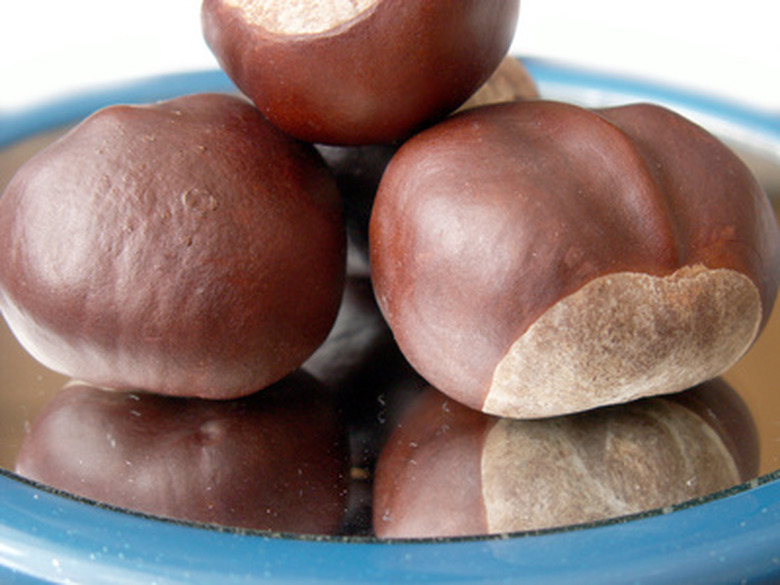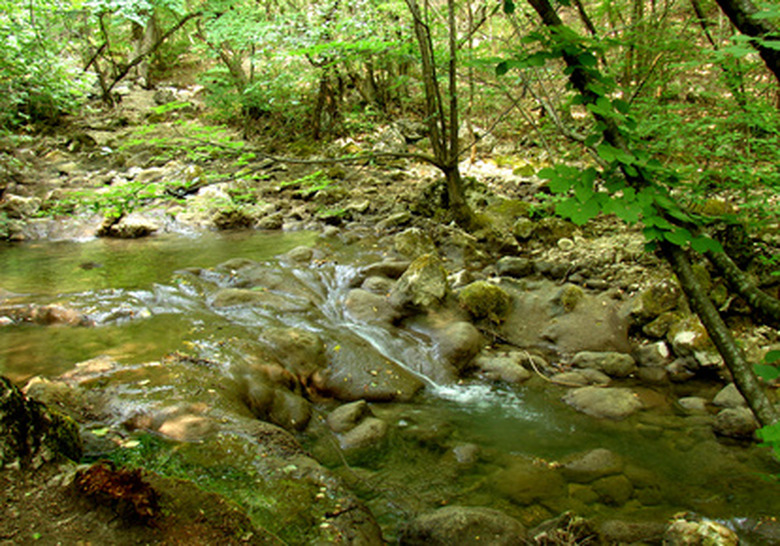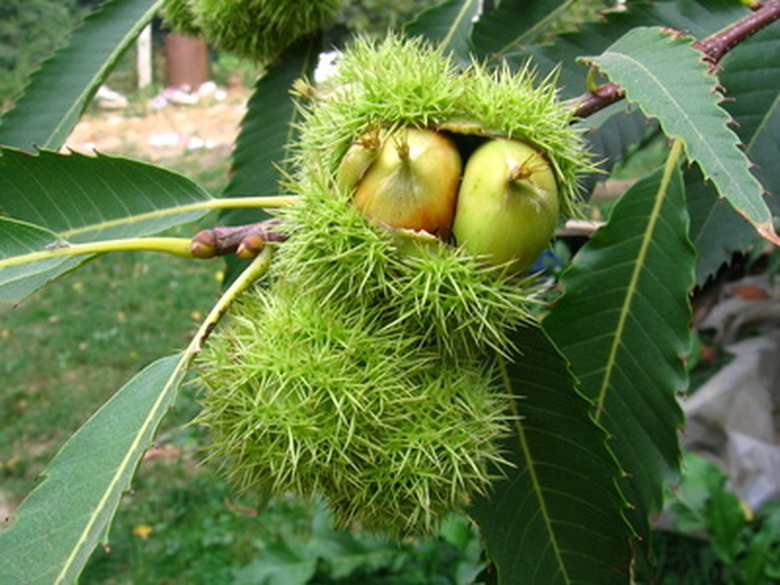How To Identify American Chestnut Trees
Things Needed
- Ruler or measuring tape
- Resealable zip-top bag
American chestnut trees once proliferated across Appalachia. According to the American Chestnut Foundation, a blight, Cryphonectria parasitica, has drastically decreased the numbers of native American chestnut trees. Several million of these trees still exist, but in isolated clumps. Proper identification of the American chestnut tree prevents confusing these with other look-alike plants, like horsechestnuts or Chinese chestnuts, which do not produce the same tasty fruit as the sweet American chestnuts.
Step 1
Look at the environment for conditions favorable to the American chestnut. The American chestnut prefers well-drained sandy or acidic soil. Spot American chestnuts on south and east facing hillside slopes in the Appalachian mountains of the eastern United States.
- American chestnut trees once proliferated across Appalachia.
- Proper identification of the American chestnut tree prevents confusing these with other look-alike plants, like horsechestnuts or Chinese chestnuts, which do not produce the same tasty fruit as the sweet American chestnuts.
Step 2
Examine the leaves of the tree, looking for the characteristic elongated, toothed leaves of the American chestnut. Hold a leaf to see how it reflects the light. Identify American chestnut leaves as those with a "flat" or matte coloring to the leaves, which does not have a reflective, shiny glow that other trees' leaves have.
Step 3
Pull a twig off the tree, if possible and examine it for a reddish hue common in American chestnut trees. Check the bark of the tree for a distinctively dark, bumpiness seen in American chestnut trees.
Step 4
Remove a ball-shaped spine-covered bur from the tree if present in late September or October. Open the bur and count the number of nuts inside. Measure each of these nuts. Identify American chestnuts as having three to five nuts per bur with the nuts measuring no more than 1 inch in diameter.
- Examine the leaves of the tree, looking for the characteristic elongated, toothed leaves of the American chestnut.
- Pull a twig off the tree, if possible and examine it for a reddish hue common in American chestnut trees.
Step 5
Collect a sample of a twig and leaf and mail these to an expert with the American Chestnut Foundation for a positive identification. Do not send a picture to this organization as they require specimens from the tree for identification.
Warning
Always ask permission before entering private land or taking samples from an American chestnut on someone else's properly.


